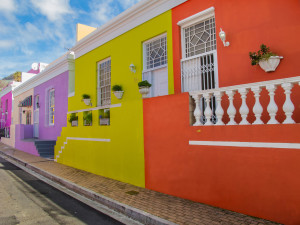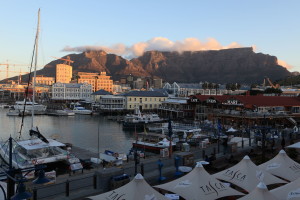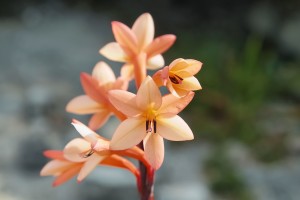South African wine is serious…serious about shedding its bulk/fortified/ co-operative-made reputation of the past, serious about producing world-class wines from modern producers, serious about protecting its heritage grapes, and serious about regulating its high-quality wines and spirits. (Try some South African pot still brandy for a real treat.)
South African wines are regulated and controlled via the WSB – the South African Wine and Spirit Board. They regulate the grape varieties that may be used (102 at last count), the regions, districts, and wards that represent geographical indications (99 at last count), labeling requirements and other legalities, and – a true quality control if ever there was one – also taste, sample, and approve every product that earns the right to bear their seal.
THE WSB regulates and approves wines according to “class.” To be approved, a wine needs to meet the parameters of one of these 45 pre-defined categories. Some examples of these categories include dry wine, noble late harvest wine, sweet natural wine (in these regulations, “natural” means non-fortified), tank-fermented sparkling wine, and bottle-fermented sparkling wine. Categories that are somewhat unique to South Africa include Cape Ruby – a young, fruity, fortified wine and Cape White – made from non-Muscat varieties and oak-aged for at least six months.
Six new classes of wine, approved on August 21, 2015, are now among the 45 approved categories of South African wine. These newcomers were proposed to the WSB over two years ago by the Swartland Independent Group – a group of young winemakers working in the Swartland District. Swartland is a rugged district, despite being only an hour’s drive north of Cape Town. Swartland is one of the newer winemaking regions of South Africa, and has rapidly developed a reputation for unique wines in addition to high-quality wines of the more conventional styles.
For the record, the six new categories of South African Wine are:
- Skin-macerated white: A white wine fermented and macerated on its skins for at least 96 hours, should be light golden to deep orange in color.
- Extended barrel-aged white/gris: A wine produced from white or gris grape varieties, aged in oak casks at least 2 years, should show a golden or amber hue, and have a nutty, oxidative character.
- Natural pale: An unfortified white wine matured in oak casks under flor yeast for at least two years.
-
Methode Ancestrale: A slightly sparkling wine made from fermenting must which completes its fermentation while stored in the bottle in which it is sold.
- Alternative white/red: A dry white with a gold or amber color, or a dry red with a light red to deep purple color.
- Sun wine: A white wine that has undergone maderization; must be pale gold to deep gold in color.
To download the entire set of regulations, which include the list of 99 approved grape varieties, the entire cast of categories and spirits regulations as well, click here for the: Wine and Spirits Regulations – South Africa WSB
Post authored by Jane A. Nickles, your blog administrator – jnickles@societyofwineeducators.org
Are you interested in being a guest blogger or a guest SWEbinar presenter for SWE? Click here for more information!


